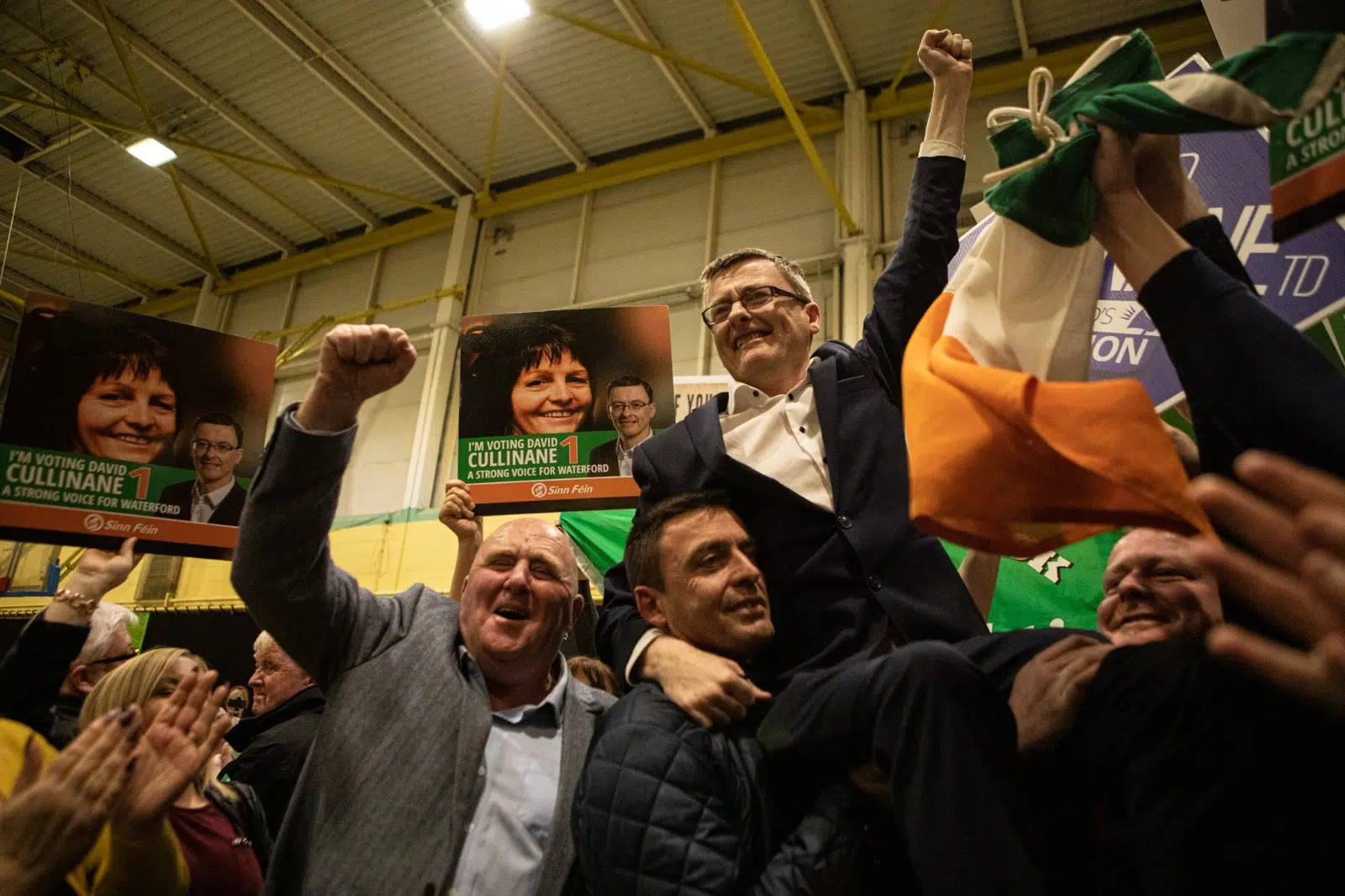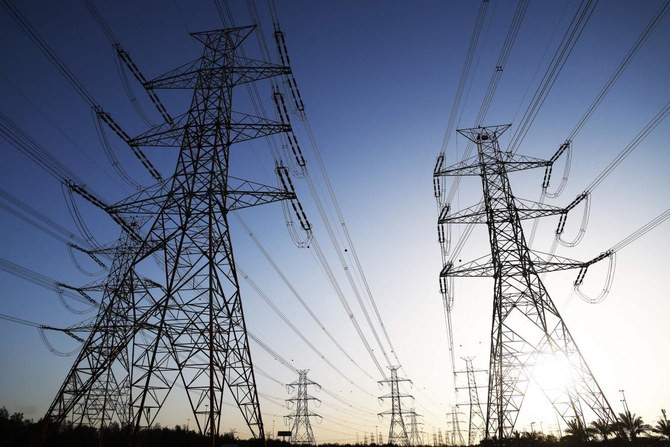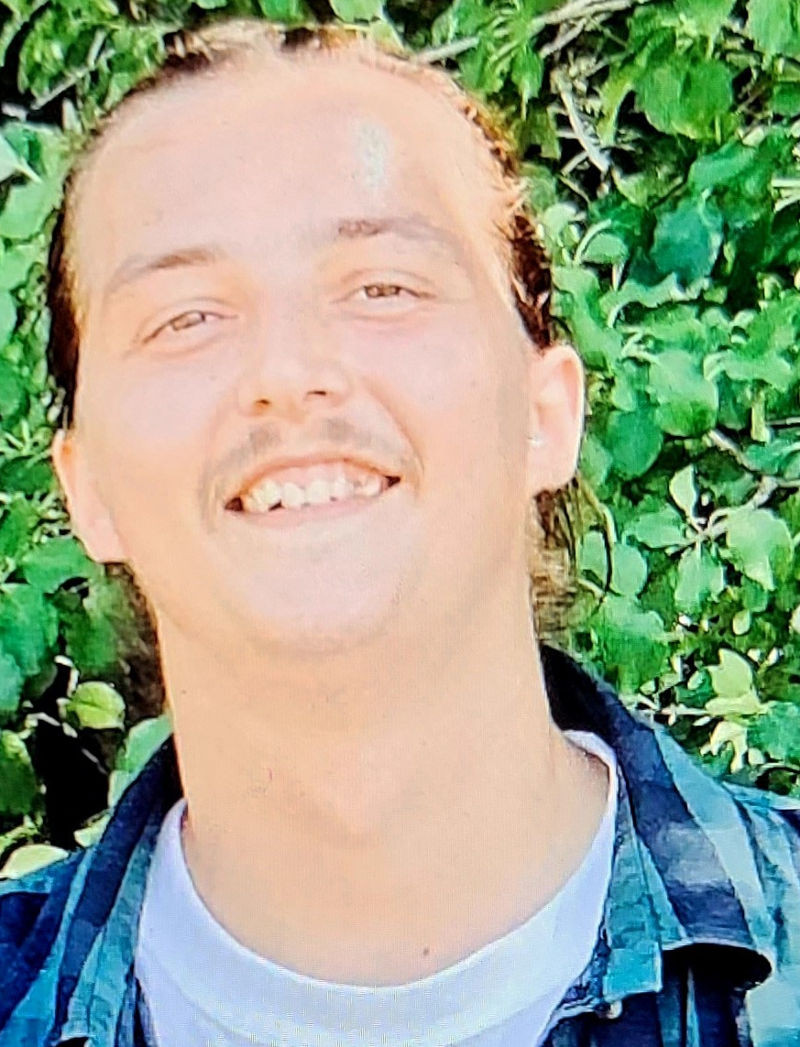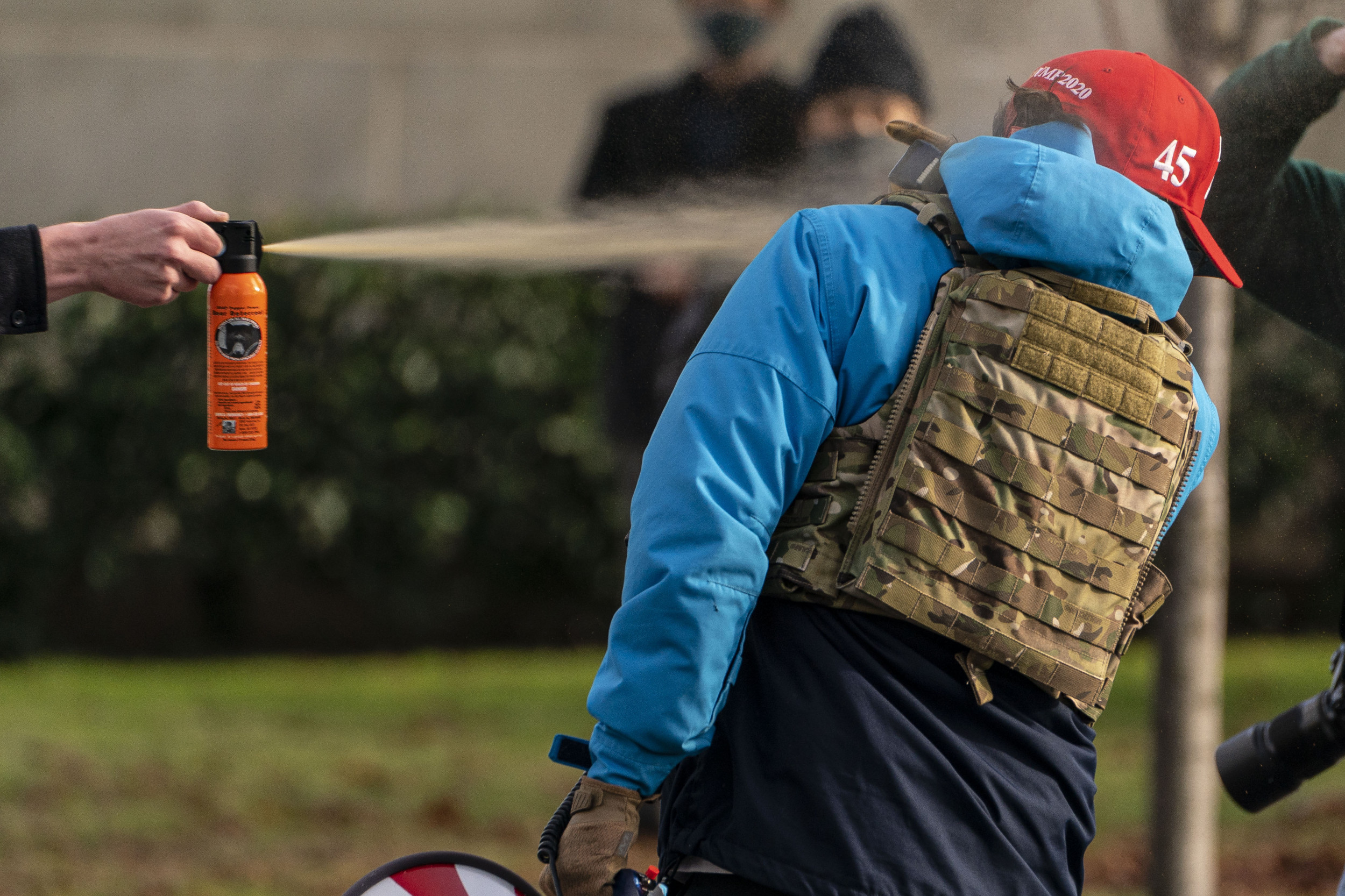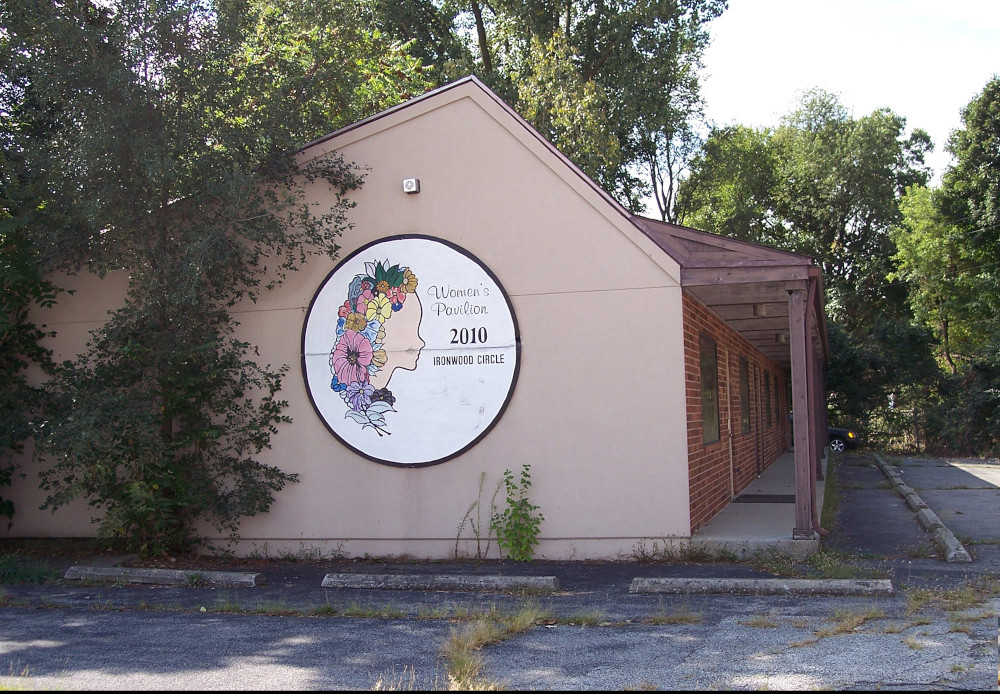Waterford Election 2024: A Comprehensive Overview
The 2024 General Election in Waterford delivered a decisive victory for Sinn Féin, with David Cullinane securing a seat on the first count, garnering an impressive 11,936 first preference votes. This remarkable achievement sets the stage for a closely contested battle for the second seat, a contest that has captivated the nation and kept political pundits on the edge of their seats. The count, held at SETU's Cork Road Campus, unfolded over a weekend, extending into a Sunday morning session due to the complexity of vote distribution. We will have Live updates from the Waterford count centre, considered one of the bellwether constituencies, through the weekend. The election also highlighted the challenges faced by smaller parties, as the Green Party's Marc O’Cathasaigh lost his seat, attributing his loss to negative campaigning and persistent stereotypes.
Sinn Féin's Strong Showing
Sinn Féin's David Cullinane's resounding victory on the first count solidified the party's dominance in Waterford. His surplus of 1,205 votes transferred heavily to his running mate, Conor McGuinness, significantly increasing the gap between McGuinness and his main rival, Independent TD Matt Shanahan. This strategic transfer, coupled with Cullinane's strong showing in West Waterford, positions Sinn Féin to potentially secure two seats, marking a significant increase in their electoral presence. This time Sinn Féin believes it got its strategy right with the party set to deliver a second seat. David Cullinane retained his poll topping position but says he is confident of securing a second seat with Cllr Conor McGuinness. The lion’s share of his 1,205 surplus are expected to transfer strongly. Geography is on his side too as he has had a clear run in West Waterford. The man living in Ring Gaeltacht says the left vote will probably be good for him too, and he will be watching the votes of Labour’s Sadhbh O’Neill with more than passing interest, in the hope of seeing off out-going Independent TD Matt Shanahan. The surplus of 1,205 votes from Sinn Féin’s David Cullinane has transferred heavily to running mate Conor McGuinness in 2nd count. He secured 901 votes bringing his total to 6,692. That’s a thumping 75 per cent transfer, but most significantly it expands the gap from his main rival Matt Shanahan to 1,267. SF camp getting chirpier about nailing down that second seat. David Cullinane of Sinn Féin is moments away from being elected here in Waterford.
Analyzing the Vote Transfer
The high transfer rate of Cullinane's surplus votes to McGuinness is a testament to Sinn Féin's effective campaign strategy. This demonstrates the party's capacity to consolidate its voter base and strategically influence the outcome of the election. This efficiency will be a key factor in determining whether Sinn Féin claims two seats.
The battle for the fourth seat
The race for the fourth and final seat in Waterford became a tight contest between Conor McGuinness (Sinn Féin) and Matt Shanahan (Independent). Shanahan, despite acknowledging a significant gap, remained optimistic, highlighting his criticisms of other parties' responses to local healthcare issues. Shanahan and McGuinness to fight for the last seat. “It's going to be a fight between Matt Shanahan and Conor McGuinness for the last seat,” says Mayor of Waterford and Fianna Fáil Councillor Jason Murphy. The battle between Independent candidate Matt Shanahan and Sinn Féin's Conor McGuinness is widely expected to be resolved on transfers. “At the moment it's looking like Conor McGuinness is the slight favourite, Matt Shanahan is about a percentage point behind. So that is going to be interesting!” Independent TD Matt Shanahan has admitted he may have too big of a gap to make up against Sinn Féin’s Conor McGuinness to win the fourth and last seat in Waterford. “The gap is significant. It will be hard to close,” he told WLR. He took the opportunity to hit out at political parties who “piled on” after he displayed an election ad on the gable end of the palliative care unit at University Hospital Waterford. He said they were outraged by a light display when he wished they would be more vocal about the number of patients being transferred to Cork for treatment and on the slowness in delivering a fully staffed catheter lab to serve the southeast.
The Role of Transfers
The distribution of transfer votes played a crucial role in determining the outcome of this tightly contested race. Close monitoring of vote transfers from eliminated candidates was essential in assessing the likelihood of either McGuinness or Shanahan securing the final seat. While last seat is probably between McGuinness and Shanahan, Roche is expected to be transfer-friendly among parties of left including Marc O Cathaisagh of the Greens - with 1,635 1st prefs (3.1 per cent). It may not be enough to challenge for last seat and if eliminated her votes are expected to benefit Shanahan. Based on 54,014 (estimated) total votes the quota expected to be circa 10,742 with 58 per cent turnout. The completed tally has David Cullinane (SF) at 11,835 1st prefs (22.4 per cent) and he is set to be elected on the first count; second and third seats look safe for Senator John Cummins (FG) at 10,203 (19.3 per cent); Mary Butler (FF) at 9,894 (18.7 per cent). The last seat looks like a dogfight between Conor McGuinness (SF) at 5,727 (10.8 per cent) and Matt Shanahan (Ind) at 5,218 (9.9 per cent) but don’t rule out Mary Roche (Soc Dems) at 2,631 (5 per cent).
Other Notable Performances
Fine Gael's John Cummins and Fianna Fáil's Mary Butler secured the second and third seats, respectively, showcasing the enduring strength of these established parties in Waterford. Labour's Sadhbh O’Neill, despite her first outing in Waterford, garnered 1,500 first preference votes, indicating a potential foundation for future electoral success. She expressed concerns about the lack of focus on climate change during the election campaign. On the election outcome, Sadhbh O’ Neill, who stood for Labour in Waterford, expressed dismay that climate change did not feature strongly in the debates and hustings. “It feels like the election took place inside a bubble of denial and delay. No matter who ends up forming a government, it is vital that Ireland acts to develop plans to help us prepare for weather extremes. Candidates and parties should have been interrogated on how they plan to both adapt to and mitigate climate change in Ireland. Even non-controversial areas of decarbonisation like bringing our public transport up to European norms were not addressed in any meaningful way by Fianna Fáil, Fine Gael and Sinn Féin. That makes me very fearful of how these parties will tackle more challenging topics like data centres, high electricity costs and sustainable land use, because if the next government doesn’t act we’re all in big, big trouble.” Unlike 1991, when I was elected a Dublin City Councillor while on a J1 visa, this time I canvassed all over the county. I got a very warm reception everywhere I went and I can see that support reflected in the many votes I got down the ballot aside from no. 1s. I look forward to standing in future elections for Labour in Waterford.
The Green Party's Setback
The Green Party faced significant challenges in Waterford, with Marc O'Cathasaigh losing his seat. He attributed this setback to a negative campaign, persistent inaccurate narratives portraying the party as anti-rural, and difficulties communicating the party’s achievements during their time in government. The Green Party was the victim during the election campaign of “persistent narratives and they really stuck”, including that they were “anti-rural”, according to its Waterford TD Marc O’Cathasaigh who lost his seat. The Green Party, he added, had become the bete noir of practically all parties, including their government partners Fianna Fail and Fine Gael, whose negative message was “it was the greens what made us do it”. Mr O Cathasaigh said the party had secured a huge amount in government, which he was proud of. “We did the work but we failed to communicate the work,” he added. This had gone beyond their traditional positions on climate, energy, nature and biodiversity and included social policies and progressive budgets. “I think there was a very successful communications campaign against the Greens. A lot of the stereotypes were very pervasive, very persistent. People describing me to myself as somebody from D4 and going to a private school, which is not an accurate description of me at all.” Equally, the party was described as being anti-rural, even where candidates were was “as rural as can be” and with a farming background. These myths, he said, which also applied to former leader Eamon Ryan, who he believed was pilliored despite being “an incredibly-committed politician, and one of the most morally-motivated persons I have ever come across... the stereotype of that doesn’t resemble the reality”. With Green Party strongholds in Dublin under such pressure, it was inevitable its candidates in other parts of the country would be in difficulty, Mr O Cathasaigh said. Conceding his seat was lost before the first count result was declared, he said, the going out of the green wave of 2020 “meant strong headwinds in Waterford were going to be difficult to meet”. Adding to his difficulties was a local campaign against offshore renewable energy, he said, while the issue of Waterford Airport expansion had damaged him - with inaccurate accounts of his position on the issue. With a risk that no Greens would be elected at all, he said “no party takes green issues as seriously as we do. Without us in government, I would be worried that the best policies will be unpicked”.
A Look Ahead: The Aftermath
The Waterford election results offer a fascinating snapshot of Irish political dynamics. Sinn Féin's strong showing highlights its growing influence, while the Close contest for the final seat emphasizes the importance of strategic vote management and effective communication. The election also underscores the difficulties smaller parties face amidst the dominance of established parties and the challenges of countering negative campaigning. Irish Elections have moved on. At the Waterford count a printed copy of counts is made available. The “public statement after Count Two” was very helpful for cross-checking the figures; all in the interest of accuracy! The fifth count is expected to end at around 11:30pm. Both Fine Gael candidate John Cummins and Fianna Fáil candidate Mary Butler are within three figures of the quota. Their campaign teams are unhappy that the counting will stretch on until tomorrow morning. Voting will continue tomorrow, Sunday, December 1, at 9am. The count, meticulously conducted by Returning Officer Michelle O'Connell, involved several counts and the distribution of transfer votes from eliminated candidates, a process that underscores the intricacies of the Irish electoral system.
The final tally numbers mean that David Cullinane, Sinn Féin TD, is expected to be elected on the first count with 11,835 votes. Fine Gael and Fianna Fáil neck and neck in Waterford. Early indications show Sinn Féin with 34.43% of the tally, followed by Fine Gael at 18.96% and Fianna Fáil at 18.04%. Early tallies put Sinn Fein well ahead in Waterford. At over 35% of the vote, they are currently leaps and bounds ahead of Fine Gael at 18%, followed by Fianna Fáil on 15%. Social Democrats are doing the best of the smaller parties at over 6%, while Independent candidates make up a large portion at 14%. Turnout at almost 60% in city. With polling stations set to close in less than two hours, here are the latest turnout percentages from across the county. Here are the latest turnout percentages from polling stations across Waterford, with turnout high in parts of Waterford city. Voting continues until 10pm tonight at polling stations across Waterford city and county. Waterford quota is expected to be around 10,750. Turnout is believed to be 54,012, with the number of spoilt ballots yet to be revealed. A four-seat constituency, this means the quota is likely to be around 10,750 but may drop slightly when spoiled ballots are counted. The completed tally has David Cullinane (SF) at 11,835 1st prefs (22.4 per cent) and he is set to be elected on the first count; second and third seats look safe for Senator John Cummins (FG) at 10,203 (19.3 per cent); Mary Butler (FF) at 9,894 (18.7 per cent). The last seat looks like a dogfight between Conor McGuinness (SF) at 5,727 (10.8 per cent) and Matt Shanahan (Ind) at 5,218 (9.9 per cent) but don’t rule out Mary Roche (Soc Dems) at 2,631 (5 per cent). Fine Gael tallies 'very strong' - Cummins. Obviously we don’t have an official first count so I’ll be a lot happier when I see that, but the tallies look very strong. We look to be at about 19%, which is an increase from 16.5% in 2020. It would be quite a strong showing, and it’s a trend we see right across the entire country. Full tally revealed. The full tally is now in for Waterford, with all boxes opened:




